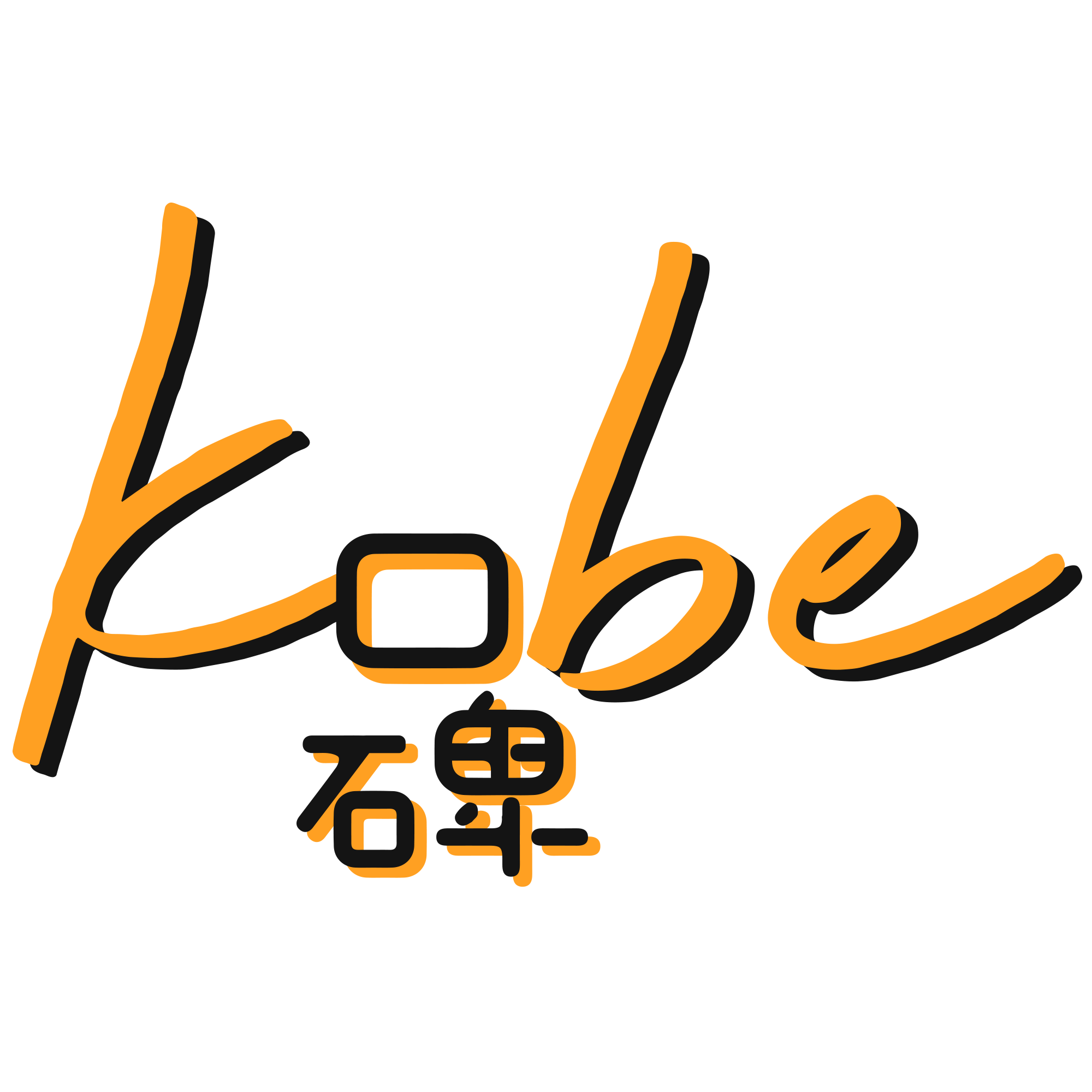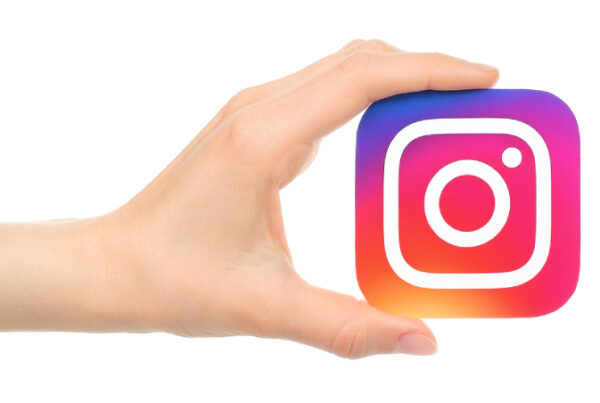Defining Influencer Marketing

Background Information
With the advancement of technology platforms, influencer marketing is steadily shaping up the marketing industry. Bombarded with advertisement, consumers are gradually avoid conventional marketing technique. Instead of only using popular individuals, it is more cost-efficient to use everyday influencers. This is because they are more relatable to their peers.
1. Influencer Marketing
Influencer marketing utilises consumers’ most trusted voices of people – their peers. With 92% of consumers preferring this over branded content, according to AdWeek, it is certainly an effective marketing strategy. Influencer marketing encourage authentic stories that encompass nuance descriptions of the brand. Offerpop suggests that user-generated content (UGC) also boosts engagement of consumers by 50%. Moreover, Nielsen research shows that influencer marketing remains a constant top scorer in its ability to convince today’s consumers. The research also shows that influencer marketing are particularly effective with the millenials as compared to other traditional advertising.
Consequently, followers of the influencers would become more familiar with the brand. With that, it will evidently increase the inbound traffic, with potentially allowing 5-times greater click through rates using UGC. Result shows that 71% of consumers are more likely to purchase an item based on social media referrals, especially with the use of UGC.
Influencer created content is intrinsically different from digital display ads. The difference lies in that influencers presents entertainment and informational values. Futhermore, content created by influencers cannot be blocked. In addition, influencing marketing content provides lifetime value for brands.
2. The Influencers
There is a changing shift in the group of influencers involved. According to 2015 survey by SheKnows Media, research found that 86% of respondents prefer recommendations of product and service from everyday people instead of high flyer individuals, seeing the former as more genuine. Micro-influencers are powerful mediums of amplifying traditional word of mouth (WOM) and they can be especially influential when it comes to promoting new offers and product launch to their close community of friends.
Furthermore, brands can benefit from the upscale of visual coupled with considerable length of content that an influencer can adopt in social network mediums, as this raises engagement and inflates the likelihood of the post to be shared on social media. Kobe adopts a pay-per-post model that hinges on algorithmic matching to find perfect partnerships between the brand and the influencers.
3. Influencer Marketing Technology Platforms
Through the scoring platforms, Kobe is able to match influencers to brands based on their interests and the algorithmic pricing. The self-service influencer management platforms also facilitate brands in overseeing the content and vote for its approval before influencer posts it. Through Kobe platform, it automaitcallys match influencers and conduct performance analytics. Kobe helps companies save time and resources and effort can be allocated in striving towards the brand’s goals of improving its marketing strategies.
Moreover, Kobe also administers fully managed influencer marketing campaigns that are on the lookout to activate influencers around a specific brand message or sales objective. This would inadvertently reduce the time-consuming aspects of the ordinary influencer marketing.
Influencer specialist agency like Kobe delivers a curated and customisable content experience that brands desire. By defining the influencer’s marketing place in larger media program, Kobe also ensures that a personal touch is never out of sight.




